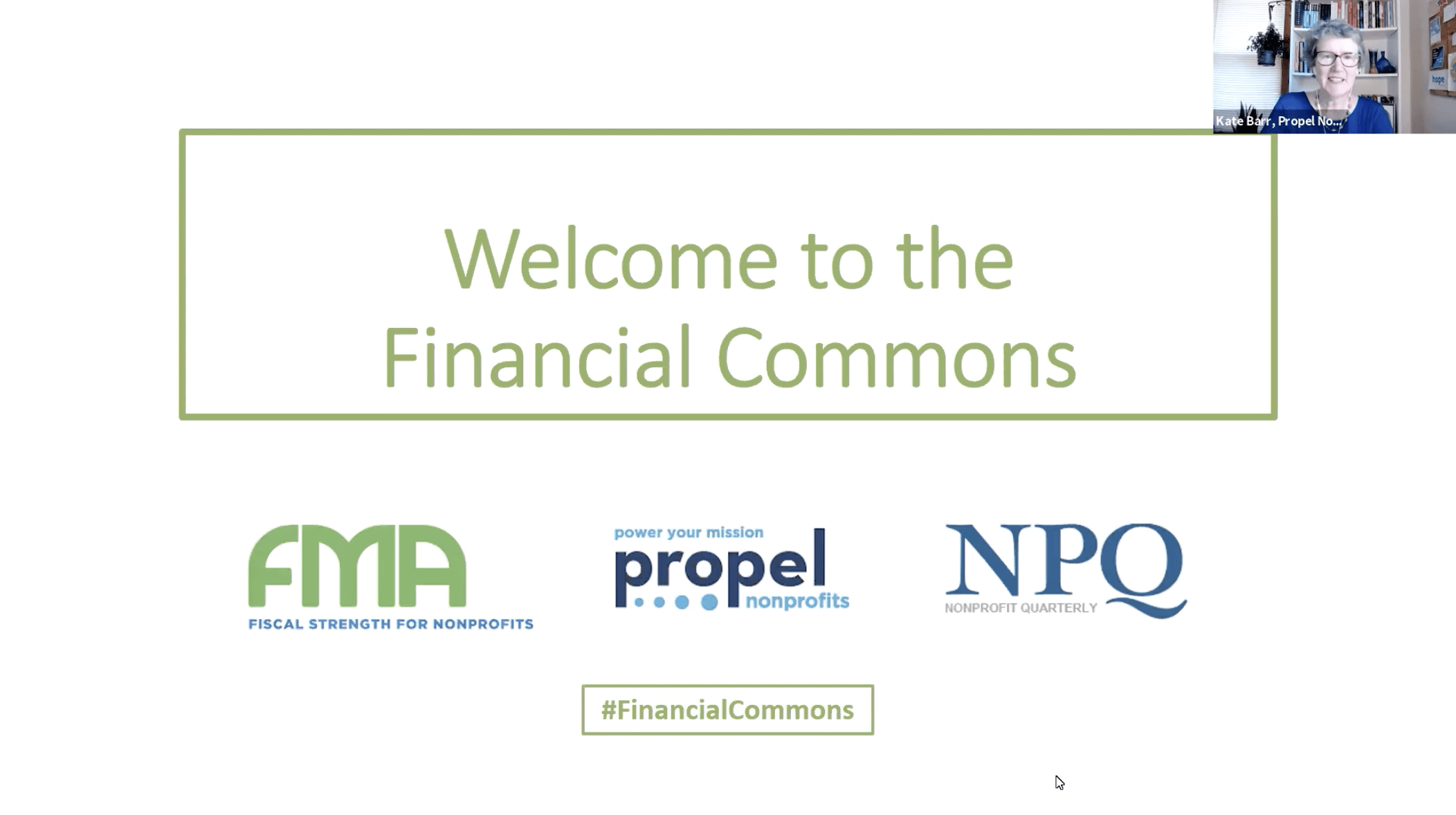July 6, 2011; Source: Los Angeles Times | In Los Angeles, a few major arts organizations are trying on the concept of “dynamic pricing,” taking a page from the airline industry where two people can buy identical seats for vastly different sums. Essentially the way this works is that a ticket may start out at $120 but if sales are brisk the price may escalate the longer you wait. If, on the other hand, the public is relatively unexcited about the offering, the seat next to you may go for a fraction of what you originally paid.
Early nonprofit adopters of the practice are Seattle’s Pacific Northwest Ballet and the Chicago Symphony. The Center Theater Group, which is employing the strategy in L.A., estimated that the strategy boosted their proceeds for a recent production by $1.5 million.
The description in the article sounds a little like the “Who Wants to be a Millionaire?” television game show: “In the most sophisticated versions, the price fluctuations are guided by computers programmed to constantly sift sales data compiled from online and telephone purchases. Algorithms are applied to information on how fast each seat is selling, compared to past norms. The result can be a parade of price revisions from the day tickets first go on sale until the last curtain falls.”
Sign up for our free newsletters
Subscribe to NPQ's newsletters to have our top stories delivered directly to your inbox.
By signing up, you agree to our privacy policy and terms of use, and to receive messages from NPQ and our partners.
The nonprofit arts groups interviewed for this article said that they do save some seats at affordable prices even for the most popular show, and the article suggests that the situation works out for all by hitting up high rollers to subsidize the less-monied ticket buyers.
Apparently the strategy has gained receptivity among nonprofit arts groups since the start of the recession. One Colorado-based consultant says he has seen a 24 percent increase in ticket proceeds among the groups he works with which have adopted the practice. Some groups quoted here consider the practice unethical. What do you think? —Ruth McCambridge













